In the middle of mountain peaks and valleys lie Peru’s villages, telling tales of an
empire that once ruled much of South America. It is within these remarkable
communities that Inca traditions are not some forgotten historical footnotes but are
living practices woven into daily life.
From long-abandoned agricultural systems, classic weaving, and religious festivals,
these 15 towns have maintained strong relationships with their Inca ancestors within
the framework of the contemporary world. Each town stands on its own merits with a
different look into the perpetuation of the old tradition in modern Peru.
Ollantaytambo, Sacred Valley
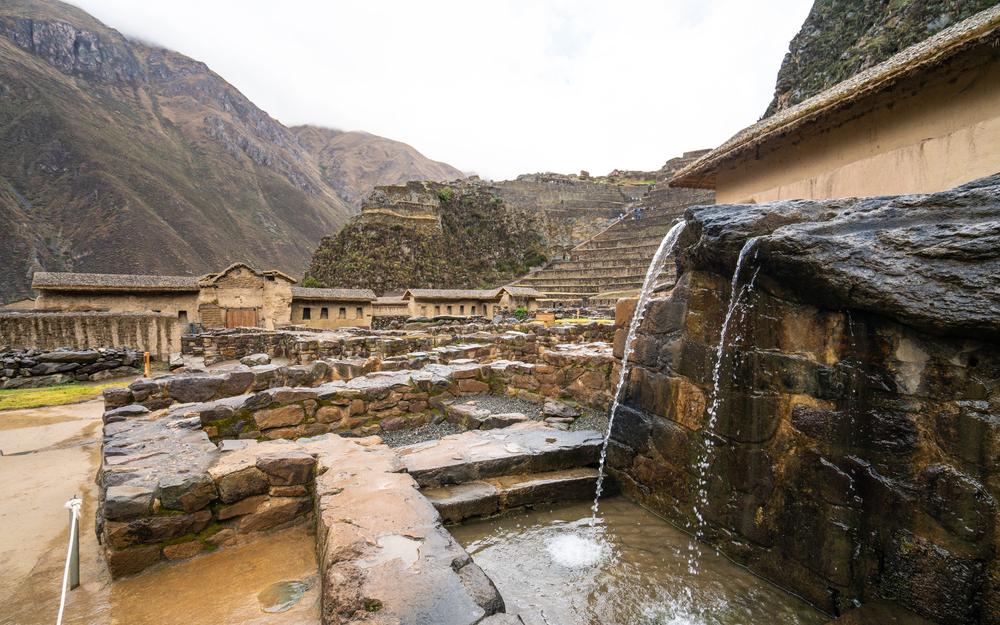
Arguably the most intact surviving Inca city in Peru, the sleepy citadel of
Ollantaytambo continues its legacy much as it has done since the heyday of the
empire. Ancient water channels run down their streets; residents live in houses built
on Inca foundations, known as ‘canchas.’ Traditional agricultural terraces are still
kept by local farmers, farming native corn varieties using age-old techniques.
The town’s famous pink granite fortress represents one of the few strongholds where the Inca resisted Spanish conquest, while the weekly market perpetuates ancient trading traditions.
Chinchero, Cusco Region
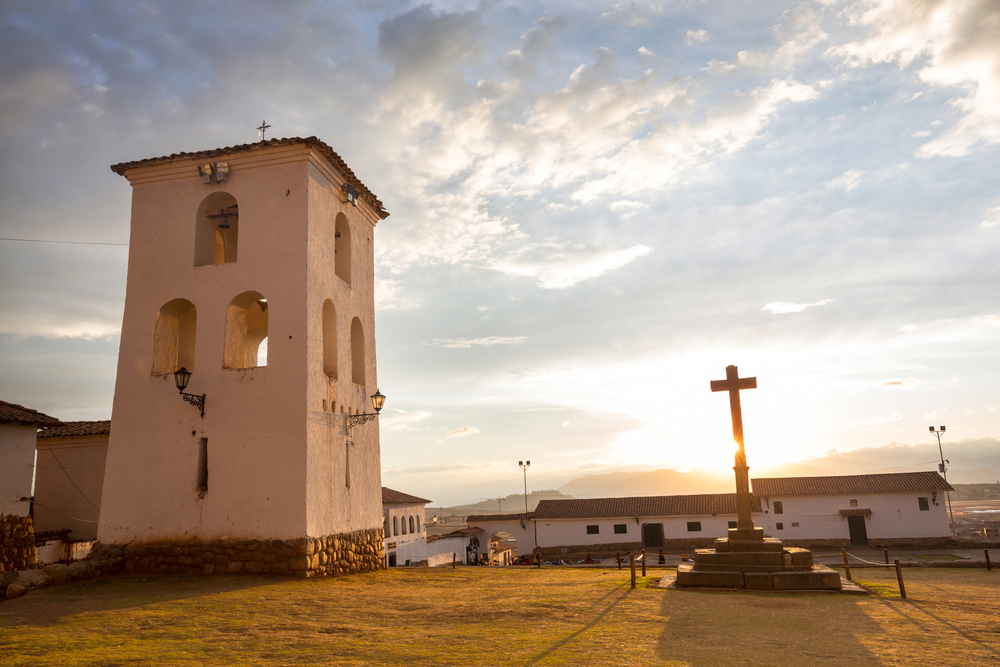
Perched at 12,500 feet above sea level, Chinchero is renowned for its master
weavers who maintain pre-Columbian textile traditions. The village’s colonial church,
built atop an Inca palace, exemplifies the fusion of two cultures, while the
surrounding agricultural terraces remain actively cultivated.
Local weaving cooperatives continue to use natural dyes and ancient patterns passed down through generations. The Sunday market, one of the most traditional in the Sacred
Valley, brings farmers and artisans together, trading goods much as their ancestors
did.
Like Travel Pug’s content? Follow us on MSN.
Pisac, Sacred Valley
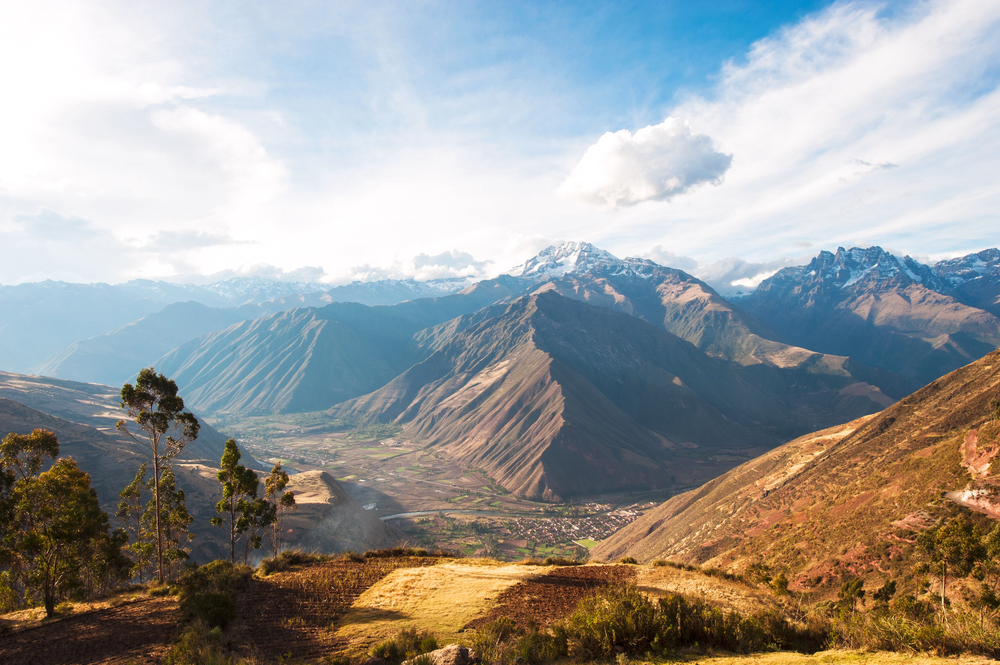
Located at the gateway to the Sacred Valley, Pisac pairs some of the most famous
Inca ruins with a lively traditional culture. Agricultural terracing in the village remains
in use today, with farmers producing a variety of native potato species and quinoa
using ancient farming techniques.
The local shamans, or ‘paqos,’ still hold their traditional ceremonies in reverence for the mountain spirits, or ‘apus.’ One of the largest daily artisan markets in the region features traditional crafts, such as ceramics, using the same techniques as the Incas did.
Maras, Sacred Valley
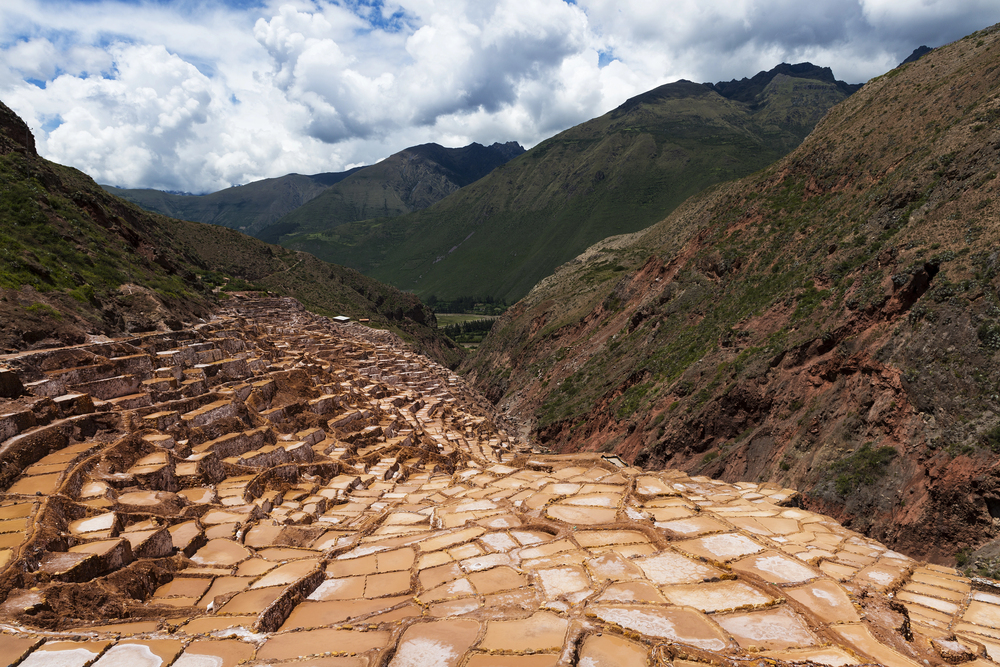
Famous for its still-used pre-Inca salt pans, Maras really shows evidence of how old
knowledge has been passed down from generation to generation. Individual families
maintain their separate salt pools using methods of harvesting developed long
before the Inca empire-with rights to harvest being passed on through generations.
The colonial-era church in the village has Inca stonework at its foundation, and the
homes display traditional trapezoidal doorways. The people have strong farming
traditions; native corn is grown in the nearby terraces.
Raqchi, Cusco Region
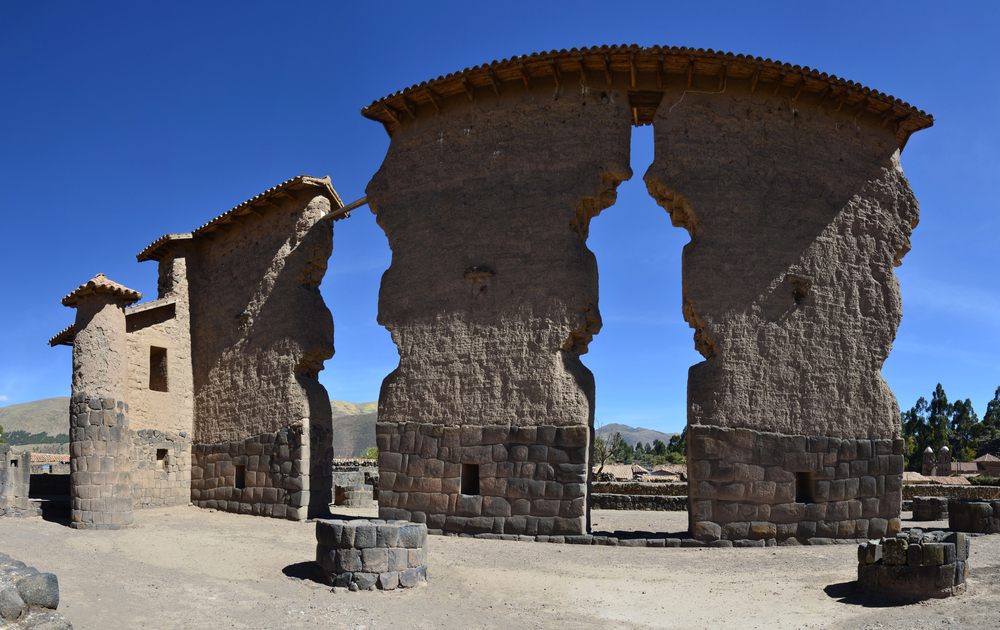
Raqchi protects both monumental Inca architecture and living traditions at the
Temple of Wiracocha. The village boasts a unique style of pottery, combining pre-
Columbian techniques with modern designs.
In their homes, local families preserve traditional ‘qolqas’ or storage structures and continue to use them in everyday life. Ancient ceremonies continue to be performed in the nearby sacred sites of this community, keeping spiritual life in contact with their Inca roots.
Like Travel Pug’s content? Follow us on MSN.
Huilloc, Sacred Valley
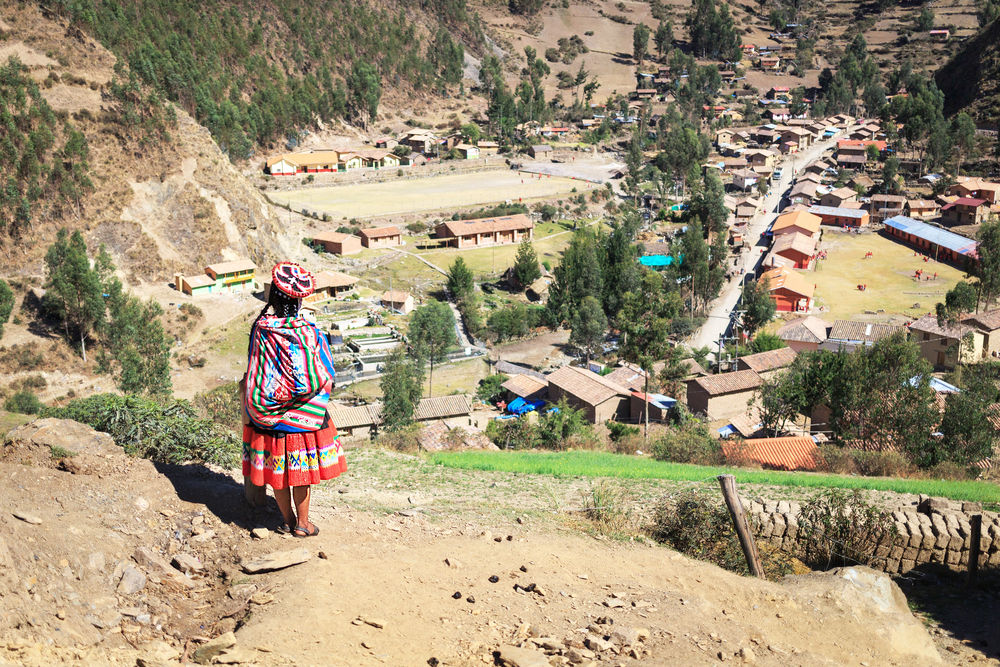
This small village is well known for preserving some of the most unadulterated Inca
textile traditions in Peru. Members of this community wear their traditional dress on a
daily basis, not only on special occasions or to entertain tourists.
Farming in this village is done with the help of ancient agricultural calendars, and ritual offerings are made to Pachamama (Mother Earth) during planting and harvest. Local guides give very authentic insights into Inca cosmology and traditional lifestyle practices that have remained relatively unchanged for centuries.
Willoq, Region of Cusco
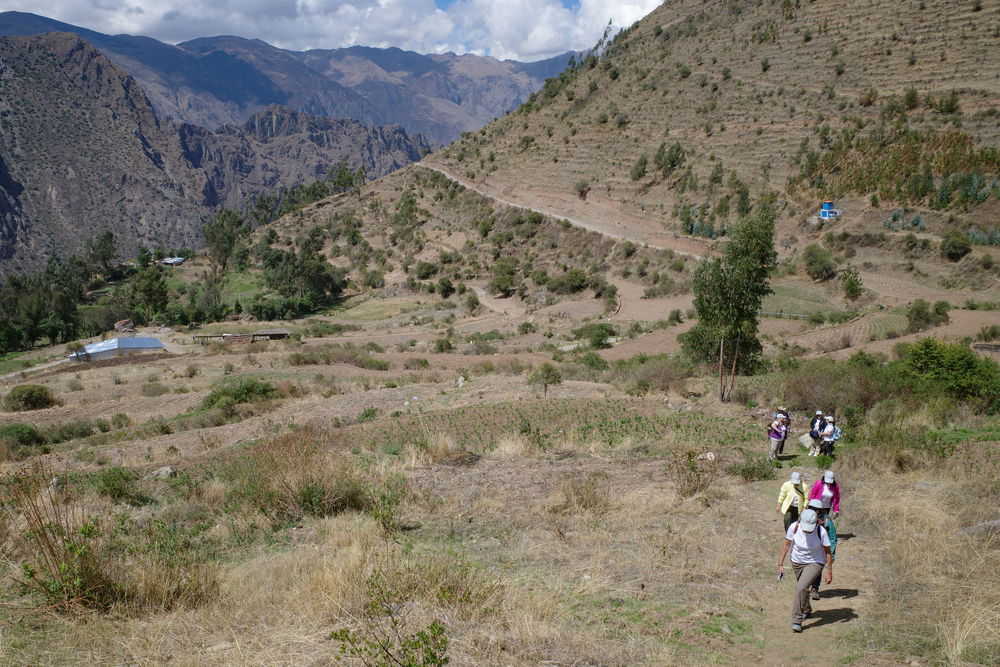
Willoq is the place where all the traditions of Quechua music have been preserved:
old instruments and old songs that represent the different generations. This
community is still governed according to principles of Inca-era social organization,
applying their system of reciprocity.
Using traditional agriculture tools and practices, local farmers grow a diverse range of native varieties. Unique textiles record historical and mythological stories specific to the community.
Laress Sacred Valley
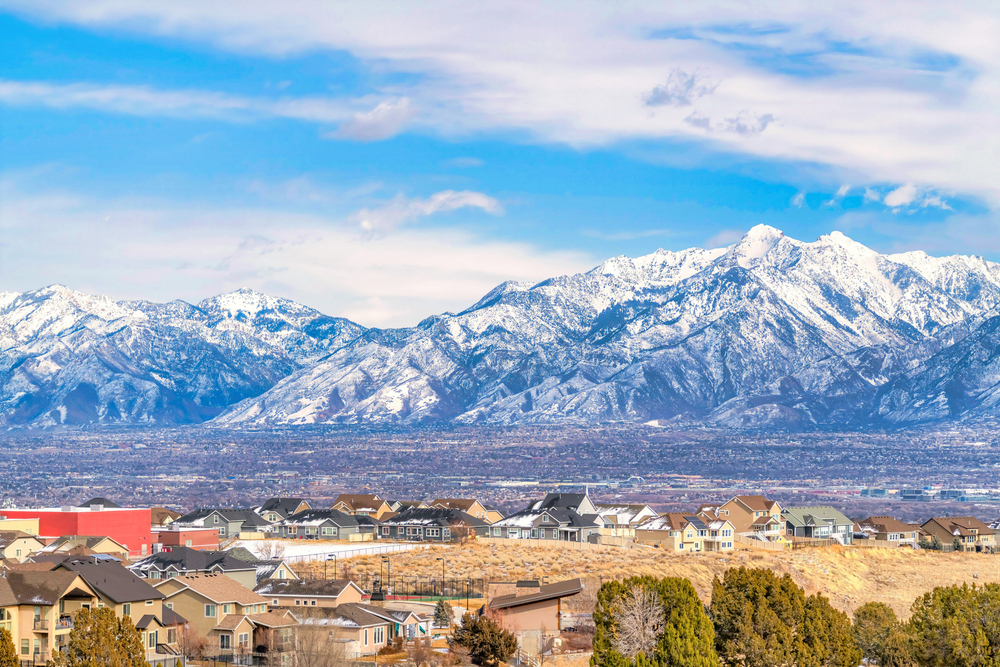
Besides the hot springs, Lares retains the old traditions of healing, combining the
Inca knowledge of medicine with natural thermal waters. The village still practices
traditional agriculture on steep mountain terraces, planting native tubers and grains.
The local healers, so-called curanderos, still use medicinal plants known since the
time of the Incas. The weaving traditions also include patterns typical for the region,
which have not changed for centuries.
Like Travel Pug’s content? Follow us on MSN.
Ccaccaccollo, Sacred Valley
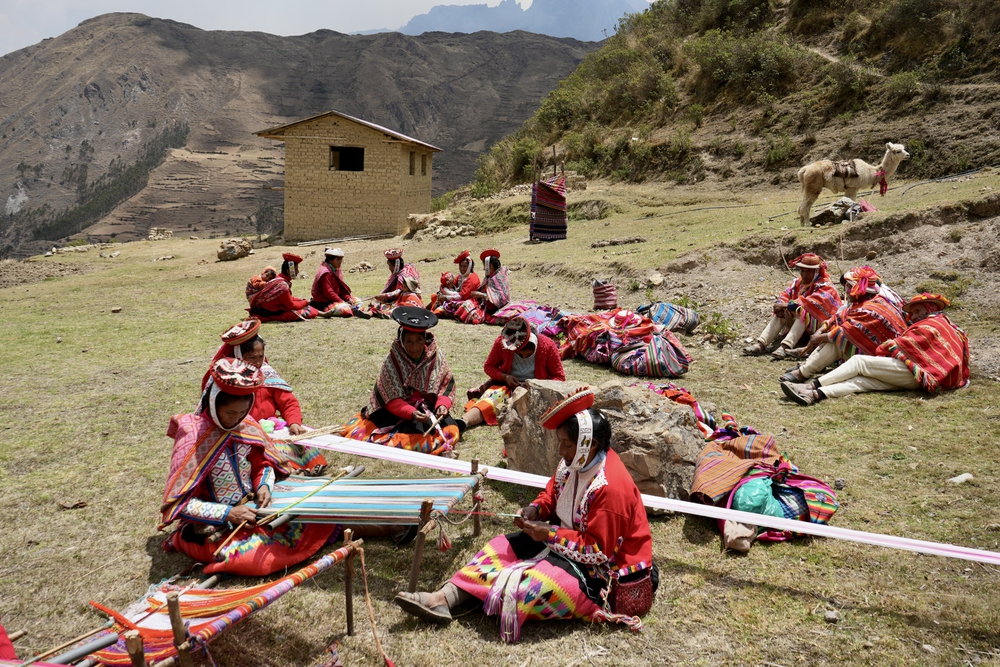
This small village became a model of sustainable preservation of Inca textile
traditions. The use of very old dyeing techniques secures bright coloring by plants
and insects; agricultural practices include traditional potato cultivation, preserving
dozens of native types.
Most of the locals still follow the ancient calendar in ceremonies in honor of spirits of mountains and agricultural gods.
Choquechaca, Cusco Region
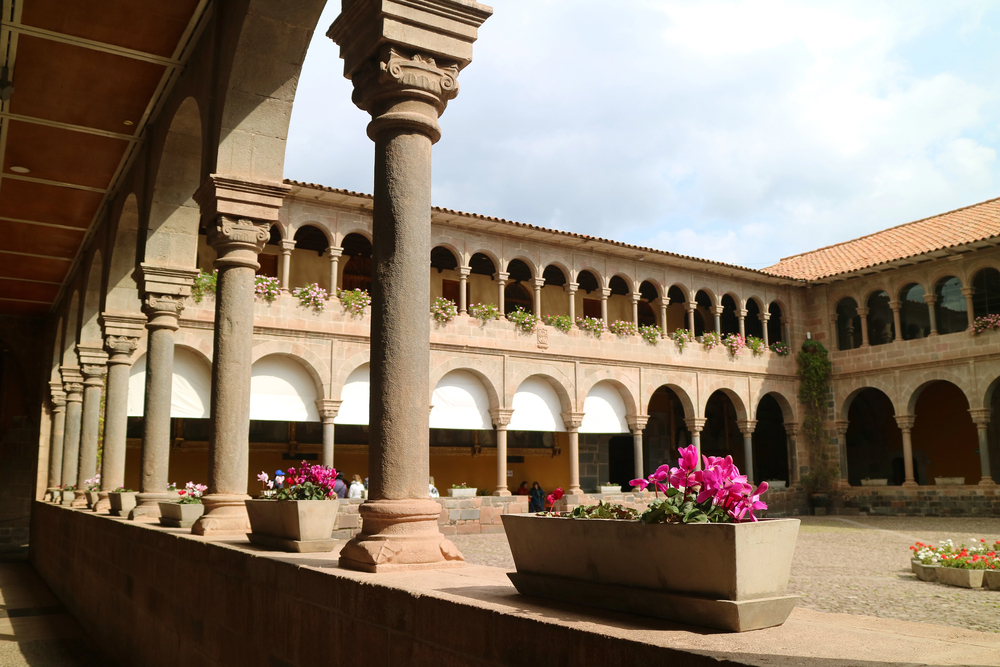
Smack in the middle of a far-off valley, Choquechaca keeps some of the most
pristine Inca agricultural traditions. The village has had several systems of terracing
from the time of the Incas, using tools and methods of farming traditionally known to
them.
These families preserve foods for the lean months using various techniques passed down from their ancestors, such as freeze-drying potatoes to make chuño. The community’s spiritual life largely features agricultural cycles and mountain worship.
Q’eros, Cusco Region
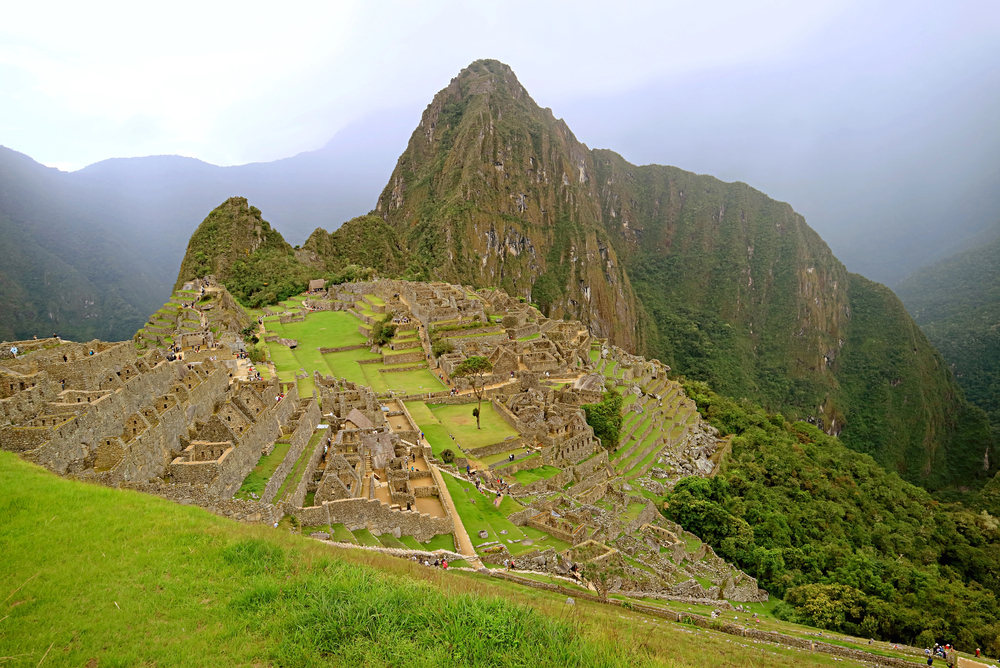
Sometimes called the ‘last Inca village,’ Q’eros arguably has the most resilient
connections with pre-Columbian traditions in the country. The community members
still carry out ancient spiritual rites and also showcase traditional musical talents with
locally crafted instruments.
Village textile designs also have phenomenal symbolic importance, having been passed down through generations. The localized farming practices follow millenary dictates of vertical ecology, where different products are produced at distinct altitudes.
Like Travel Pug’s content? Follow us on MSN.
Choquecancha, Sacred Valley
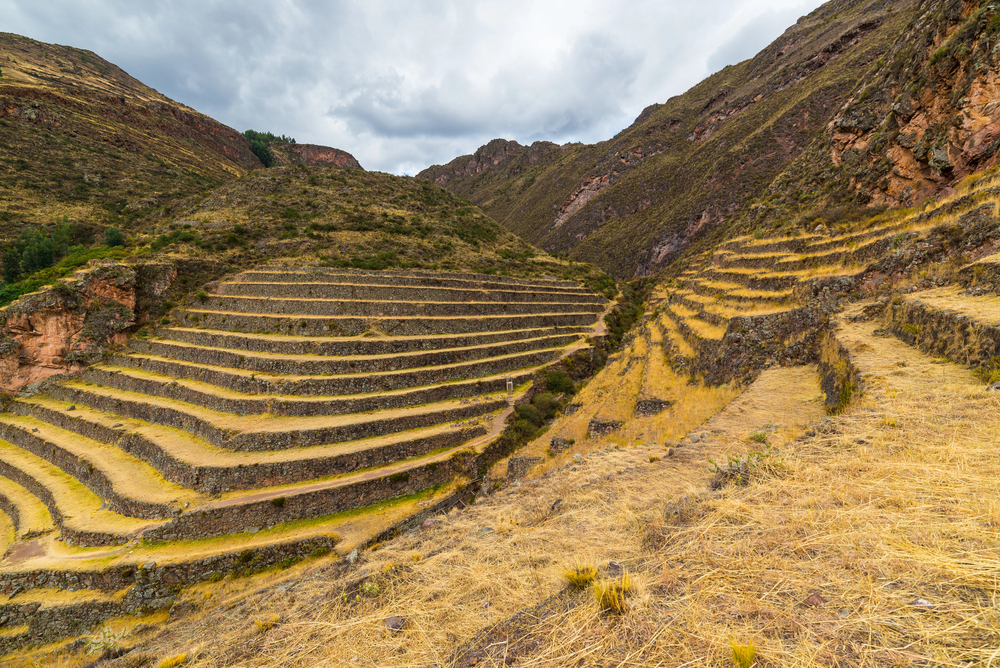
Choquecancha is an important place for traditional Inca medicine with its own
practice of traditional healing using local plants. Its impressive agricultural terraces
are still used today, cultivating native varieties of corn at very high altitudes.
The textiles that are made within this region have patterns related to pre-Columbian stories and express community history. Ancient mountain worship among the village
spiritual traditions has evolved with time and continues in the present day.
Huayllarcocha, Cusco Region

Located near a holy lake, Huayllarcocha retains the very old ceremonies of water
and weather. The village still does the traditional fishing of the pre-Columbian times,
as methods have been passed on.
Local farmers continue the traditional cultivation of potatoes, maintaining dozens of native varieties. Community textiles are unique in their representation of local landscapes and water sources.
Patacancha, Sacred Valley
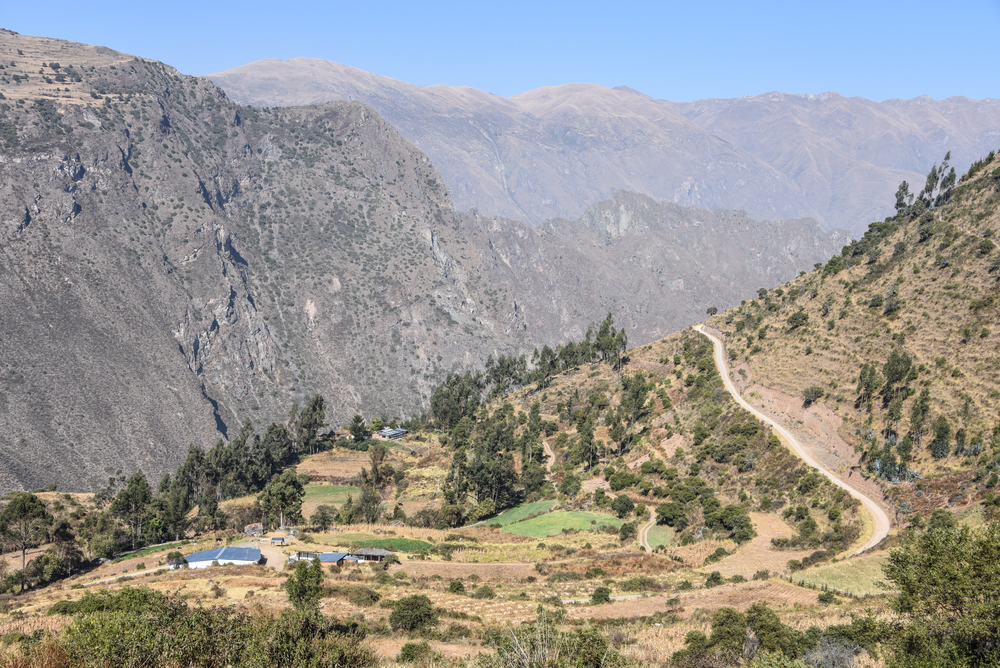
This high-altitude village has maintained strong links with traditional Inca weaving
and agriculture. Community members still wear typical clothing that denotes social
status and marital status through certain patterns and colors.
Farmers conserve varieties of potatoes and traditional cultivation techniques adapted to the extreme altitudes. The ceremonial calendar is linked to ancient traditions, where regular offerings are made to mountain spirits and Pachamama.
Like Travel Pug’s content? Follow us on MSN.
Huancaya, Lima Region
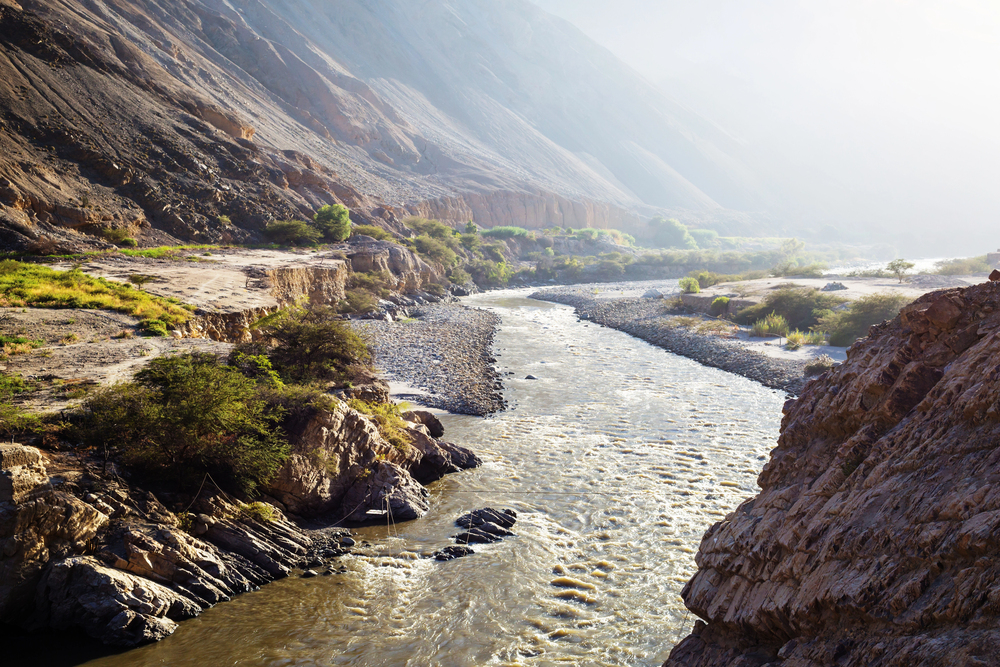
It nestles at an elevation of 11,800 feet in the breathtaking Nor Yauyos-Cochas
Landscape Reserve and serves as testimony to the resourceful water management
devised by the Incas. Ancient stone houses and narrow, serpentine cobblestone
streets make up the village that tumbles down a landscape of stepped agricultural
terraces into a series of turquoise lagoons at the base, formed by the Cañete River.
These terraces are still tended by local farmers using the methods of their ancestors,
producing native crops such as quinoa, potatoes, and corn at altitudes most would
not consider favorable. Water is integral to all aspects of the community, from
farming to religious and festive events, which blends pre-Columbian traditions with
Catholic celebrations from the colonial era.
Honoring Ancient Ways
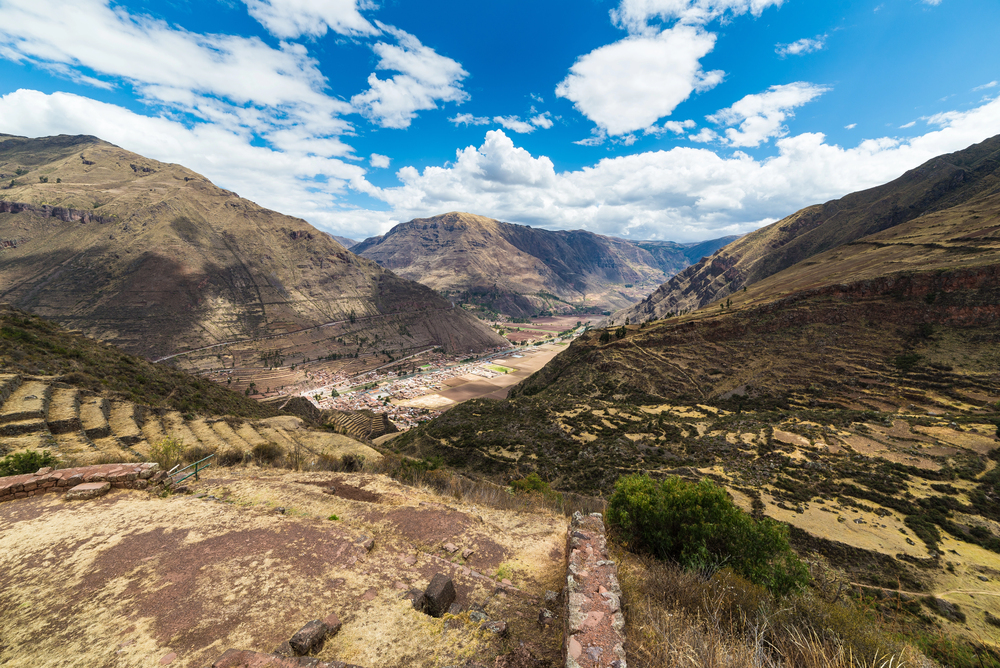
These 15 villages represent the living links with the Inca heritage of Peru, places
where ancient traditions are still adapting and alive in the modern world. Each
community offers unique insights into how pre-Columbian knowledge and practices
remain relevant today-from agricultural techniques and textile traditions to spiritual
ceremonies and community organization.
By maintaining these links with the ancestral heritage, these villages not only
preserve very valuable knowledge of culture but also show ways of life that are
viable and have stood the test of time in one of the most inhospitable places in the
world.
More from Travel Pug

- 15 Dangerous European Cities to Avoid
- 15 Caribbean Islands Where Tourists Keep Getting Scammed
- The 20 Most Fascinating Abandoned Places: A Journey Through Time and Forgotten Spaces
- 15 Hidden Places in the Smithsonian Museums Locals Love: A Guide to Lesser-Known Treasures
- 16 Hidden Florida Beach Towns That Aren’t Overrun with Tourists
Like Travel Pug’s content? Follow us on MSN.
